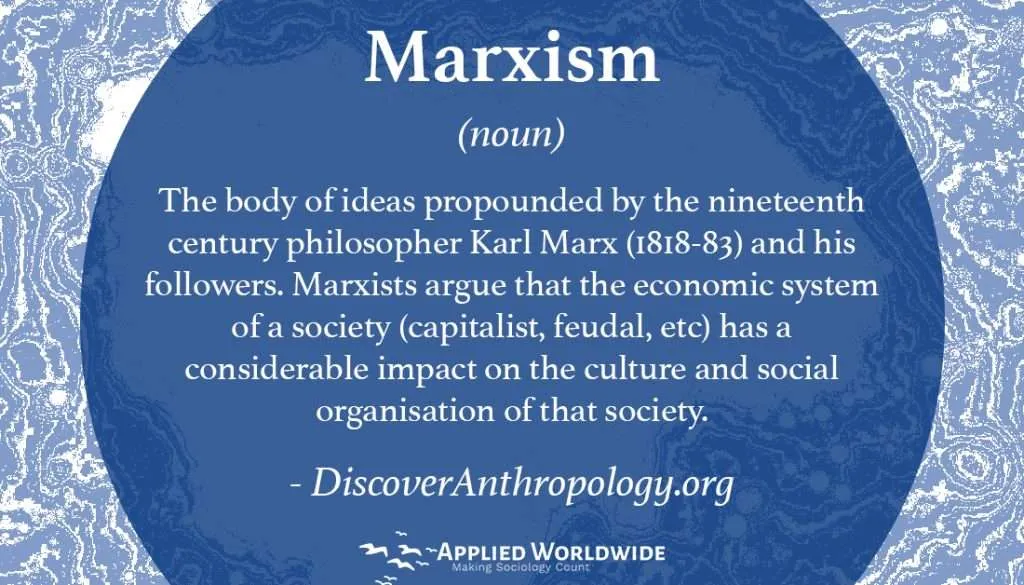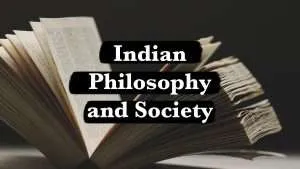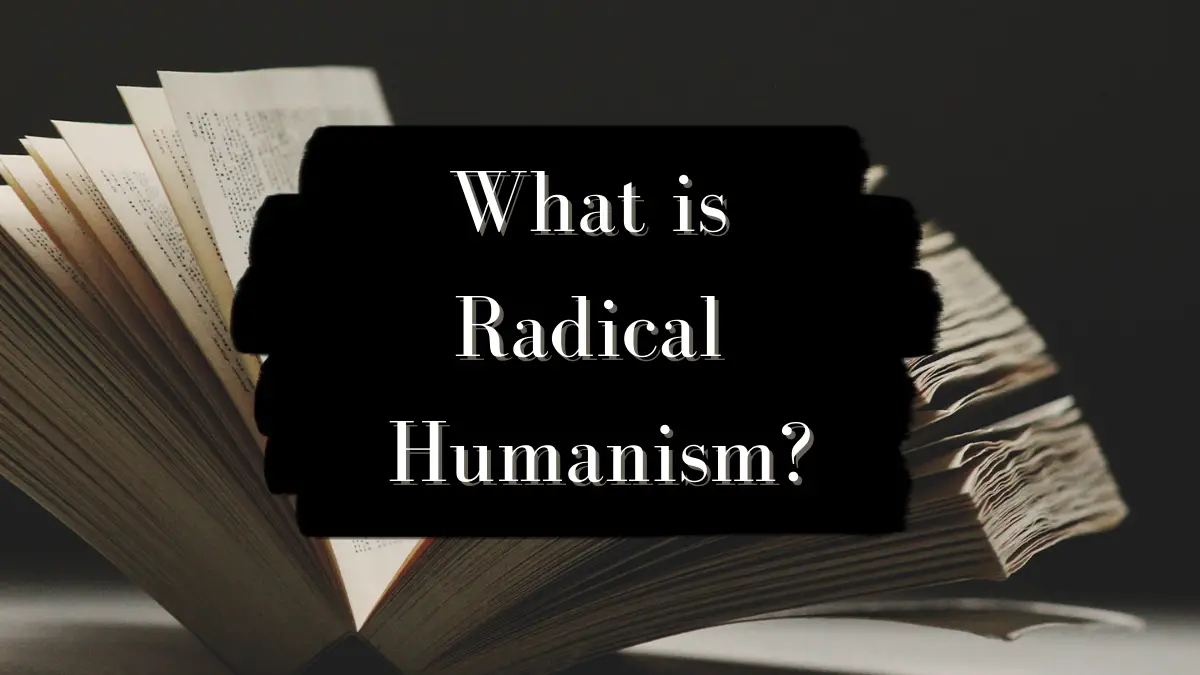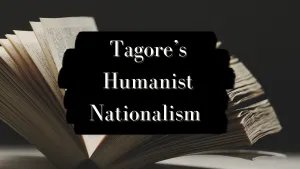The Manbendra Nath Roy, or M.N. Roy, we know of, was born on the campus of Stanford University in the United States at the age of 29. Until then, he was Narendranath Bhattacharya, who had left India to travel across the world, participating in movements. So, who is M.N. Roy and what is radical humanism?
M.N. Roy is counted among the foremost 20th century philosophers. He advocated a political renaissance to rejuvenate the country with morality and physical realism, his term for materialism. He was the father of neo-humanism, with his contribution to Indian politics and development of communist thought considered formidable.
M.N. Roy’s Marxist Analysis
M.N. Roy in his work ‘India in Transition‘ applied Marxist analysis on Indian history. Perhaps it was the first systematic Marxist analysis on Indian history. In this analysis he strongly criticized national thought on Indian history in the 1920s. He strongly criticized:
“Thanks to the painstaking research of modern historians, one can learn how many sacks of kishmish (Raisins) this great Mughal emperor Aurangzeb consumed in his life.”
But there was a little research done on the social history of the Indian people. For this analysis of Indian society, he used Karl Marx’s analysis of classes. Class analysis was seen as an effective method which Marxists like Roy applied to all societies with necessary modification.

M.N. Roy and India’s Social Class System
M.N. Roy asserted that it was the British who had induced capitalism in India. Roy segregated the classes in India into four major types:
- The Bourgeoisie
- The Petty Bourgeoisie
- The Peasantry and
- The Proletariat.
To begin, Roy declared that India was not under any feudal system. He believed, Feudalism had been destroyed in a peaceful process by the emergence of the local bourgeoisie and the gradual dominance of the entire economy by British Capitalists.
Brief Relevant History of India
Before the advent of colonialism in India, there were very sporadic trade and commerce activities but industrial bourgeoisie came to the scene after colonialism because industrial capital emerged under British rule. Since 1880’s Indian bourgeoisie remained limited to small scale or footloose industries. The British laws that were made for flourishing British capital only, further obstructed the growth of India bourgeoisie.
Thus, Roy argued that India’s national movement was nothing but it was a movement led by the Indian bourgeoisie class to protect their capital interests against the unfavorable British laws. That’s why Roy pointed out that the early moderates in the Indian National Congress (the sole influential national party during the eve of India’s independence) was just trying to alter the laws of imperialism by petition for their own interests and not for the sake of the country.
M.N. Roy and Radical Humanism
It was during his research on the Indian society that he came to the conclusion that societal frameworks are much more complex than it seems and only Marxism cannot be a solution to all problems. Some political scholars note that it was during this epoch that Roy sowed the seeds for the philosophy of “New Humanism”.
New Humanism is new because it is humanism enriched, reinforced and elaborated by scientific knowledge and social experience gained during centuries of modern civilization. The core of this theory is greater emphasis on the individual as a human being. He criticized Marxism for the undue stress of class struggle where human beings lost their individuality.
At the same time, he criticized the framework of nationalism which ignores individual identity of human beings with ideas like nation and nationhood. He was very categorical in saying that “radicalism thinks in terms neither of nation nor class; its concern is man; it conceives freedom as freedom of the individual.” The three fundamental elements of New Humanism are rationality, morality and freedom.
Economic Dimension of M.N. Roy and Radical Humanism
As far as the economic dimension of New Humanism is concerned, Roy wanted economic reorganization of society. Such a society will be free from exploitation of one man by another. Such society will be based on a cooperative economy. He suggested planned economic development with virtues like cooperation and decentralisation. The state will regulate only minimum economic activities; for him state must be a necessary evil (idea borrowed from Thomas Paine).
Roy held the view that each ideology is based on already-available knowledge that is bound to a predetermined goal and urged people to develop a scientific temperament and rationality. In his discourse on material philosophy, he surmised that nothing is permanent, sacrosanct or eternal, and that man, to change the world, must change himself in the process.
More Philosophy and Society from Applied Worldwide

Applied Worldwide is happy to publish a blog series applying Indian philosophical ideas to the current context. Our Indian Philosophy and Society series is written by Adhrish Chakraborty and includes articles using the philosophies of Raja Ram Mohan Roy, Rabindranath Tagore, Sri Aurobindo and Mahatma Gandhi.







